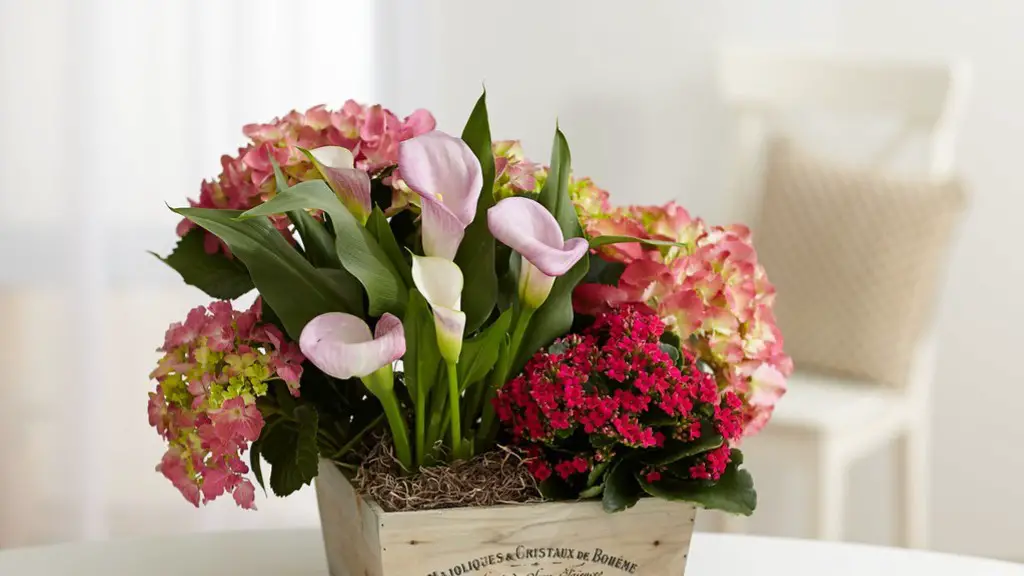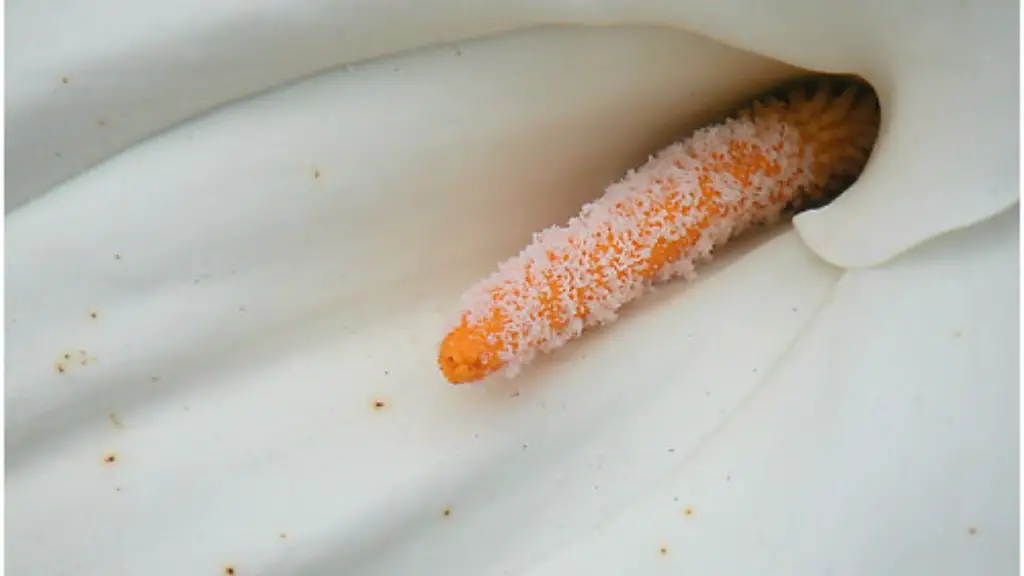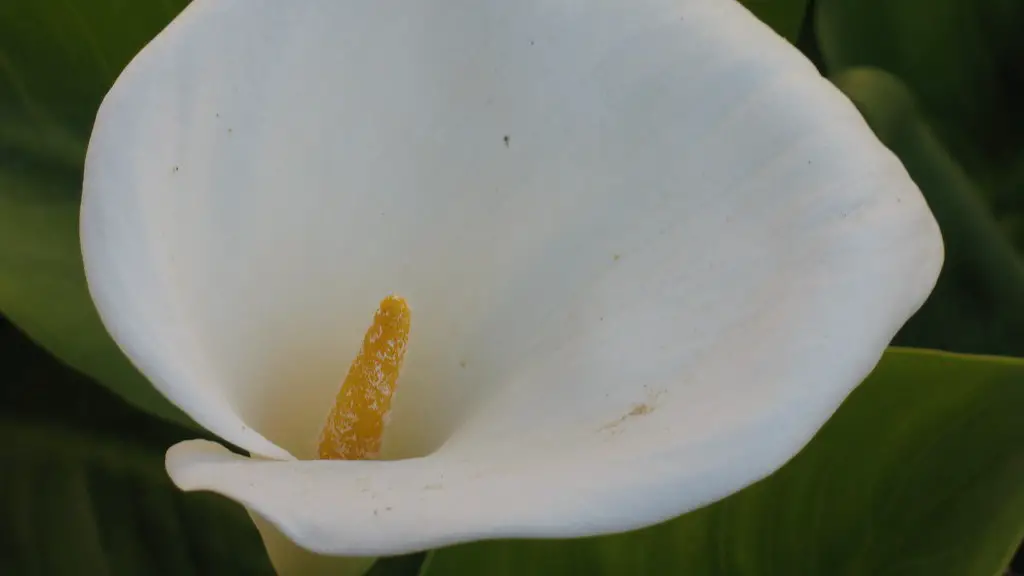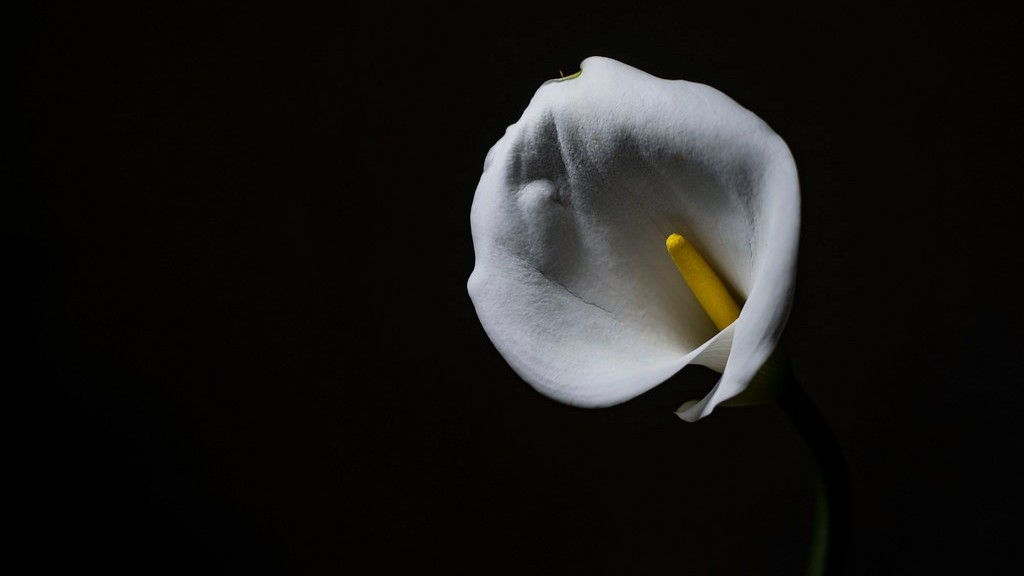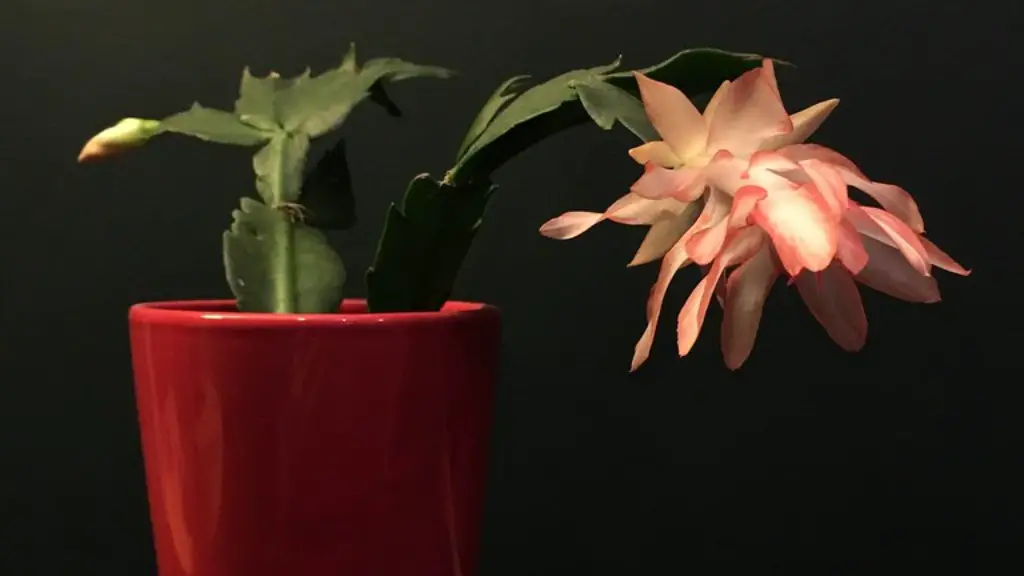growing calla lilies in pots is a simple and rewarding task that can be enjoyed by plant enthusiasts of all levels of experience. The calla lily is a beautiful and elegant flower that is relatively easy to care for, and with a little bit of knowledge and effort, it can be successfully grown in a pot. This guide will provide you with the basic information you need to get started growing calla lilies in pots.
To grow a Calla Lily in a pot, you will need the following items:
– A well-draining pot that is at least 8 inches wide and 6 inches deep
– Calla Lily bulbs
– Potting soil
– A sunny location
Fill your pot with potting soil, and plant the Calla Lily bulbs 3 inches deep and 6 inches apart. Water the soil until it is evenly moist, and then place the pot in a sunny location. Continue to water the soil as needed, and fertilize the plants monthly. The Calla Lilies will bloom in the late spring or early summer.
Do calla lilies grow well in pots?
Calla lilies are a beautiful and elegant flower that can add a touch of class to any garden. They come in a wide range of colors, including white, yellow, pink, red, and purple. Calla lilies are easy to grow and care for, and they make a great addition to any garden.
The plant usually blooms for about six weeks during the late spring and early summer but may bloom at any time when indoors. Keeping the plant root bound encourages more flowers.
How do you care for a potted calla lily
Here are a few tips for caring for callas indoors:
-Keep the soil moist, but not soggy
-Provide bright, indirect light
-Apply liquid fertilizer monthly while in flower
-Keep away from heating and A/C vents
-Reduce watering when the plant enters dormancy (November)
-Cut the leaves off at soil level once they’ve died
As the weather begins to cool down, it is important to bring potted calla lilies indoors unless you live in Zones 8 to 10. These tropical plants can overwinter outdoors in these zones but will be damaged or killed in temperatures below 25°F. Put the pots in a sunny window to continue growing, or dig up the rhizomes and store them indoors.
Will potted calla lilies come back every year?
If you have a potted calla lily, you can actually save it and it will bloom again next year. Many people treat their calla lilies as annuals, but they are actually perennials. So, if you have one, don’t toss it out when the blooms are done. Instead, take care of it and it will bloom again.
If you find your calla lilies sitting in puddles or with mushrooms growing beside them, it’s likely that the soil is compacted and draining poorly. This can cause limp stems and root rot, so it’s important to take measures to improve drainage. One way to do this is to add organic matter to the soil, such as compost. You can also make sure you water your lilies less often, and avoid overwatering them.
Do calla lilies do better in pots or in the ground?
Another benefit of growing calla lilies in pots is that they will not become invasive. Calla lilies in garden beds in their ideal climate may naturalize, take over, and even become invasive. Container grown callas are restricted to pots and cannot become invasive.
Shade and Sun: In warm climates, calla lilies grow well in full sun or partial shade In cooler areas they grow best in full sun Zone: Calla lilies are winter hardy in zones 8-10 In colder areas they can either be grown as annuals or can be dug up in the fall and stored indoors for replanting the next spring.
How often do you water calla lilies in a pot
When watering your calla lilies, be careful not to overwater them, especially when they are first being planted. Once the rhizomes are established, you can water the plants once a week, or more frequently if experiencing especially hot or drought-like conditions.
The Calla Lily is a beautiful plant that can add a touch of elegance to any home. Although it is an outdoor plant by nature, it can also thrive indoors if the proper growing conditions are met. Keep this rhizome happy indoors by paying attention to its needs for light, water, and humidity. With a little care, the Calla Lily will thrive and add a touch of beauty to your home.
Should you cut old flowers off calla lily?
Calla lilies are unique in that they don’t drop their petals like many other plants when their flowers are done blooming. Instead, the flower begins to die and rolls up into a tube, often turning green on the outside. These spent blossoms on calla lily plants are done, have no purpose and should be clipped off.
If you see your calla lily plants wilting, with yellowing leaves, or looking otherwise stunted, it is likely due to a lack of water. These plants are water lovers, and need to be kept moist in order to thrive. Check your soil to make sure it is not dry, and water your plants accordingly. With a little TLC, your calla lilies should soon be back to their beautiful selves!
What to do when calla lilies have finished flowering
After flowering has completed, continue to water and feed your calla lily every few weeks. Doing this will extend the life of the plant. Be sure not to over-water, as this can kill the plant. When the leaves start to die back, bring the potted plant indoors. This will protect it from the frost. Leave the plant in the pot while it is dormant.
Calla lilies (Zantedeschia spp) are tender perennials. Their rhizomes must be dug up in fall and stored indoors over the winter months. After a killing frost, cut off the foliage 1 to 2 inches above the soil surface.
Do calla lily bulbs multiply?
Calla lilies are amazing bulbs that spread by multiplying and creating other bulbs. These calla lily bulbs can be dug up and replanted in different locations. While these plants spread, they do so in a manner which is quite easy to control. This makes them perfect for gardeners who want to add a splash of color to their gardens without worrying about the plants getting out of control.
Callas are beautiful flowering plants that make great houseplants or annuals in outdoor pots. They are easy to care for and will last for many years with proper care. Callas can also be planted in the ground in summer, but will need to be dug up and stored dormant inside during the winter in order to keep them alive for another year. With a little effort, you can enjoy these lovely plants for many years to come!
How do you take care of indoor calla lilies in the winter
It’s time to dorm your indoor calla lilies! Stop watering and allow the foliage to die down completely. Then, place your calla lilies inside in an area that is above freezing but no warmer than about 50 degrees F (10 C). The area should be dark and also with low humidity if possible. Keep them dormant for two to three months.
If you want to keep your calla lilies from year to year, it’s important to give them the proper care during winter. This means storing the dried rhizomes in a cool, dry place with temperatures around 50 F (10 C). You can put them in a paper bag or wrap them in newspaper to help keep them protected. With the right care, you can enjoy these beautiful flowers for years to come.
Final Words
The most important thing to remember when growing calla lilies in pots is to make sure the pots have drainage holes. Calla lilies need moist, but well-drained soil, so be sure to water your plants regularly. Fertilize monthly with a water-soluble fertilizer. When the flowers start to fade, cut the stems back to the basal leaves.
If you want to grow a calla lily in a pot, it is best to start with a young plant. You will need a pot that is at least 6 inches deep and has drainage holes. Fill the pot with a mix of half peat moss and half perlite. Set the plant in the pot and firm the mix around it. Water the plant well and put it in a bright, warm spot. Keep the soil moist, but not soggy. Fertilize the plant every two weeks with a water-soluble fertilizer. When the plant has finished blooming, cut the stem back to about 6 inches. Allow the plant to rest for a month or two and then start the cycle over again.
